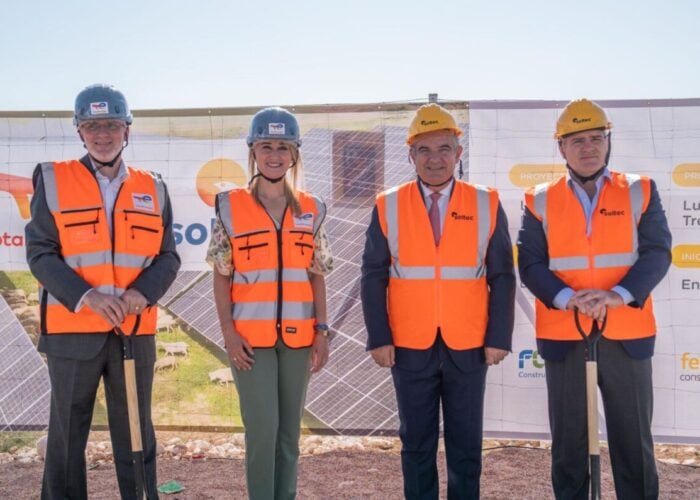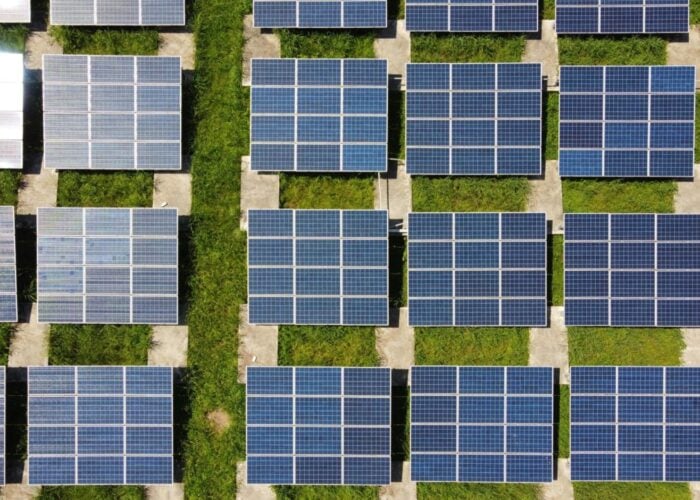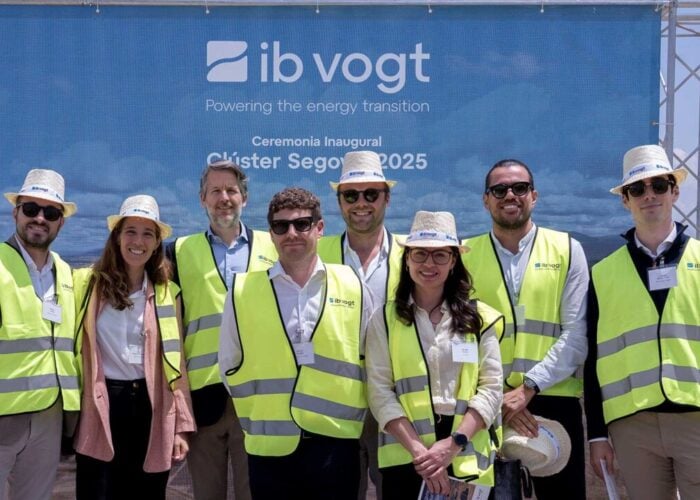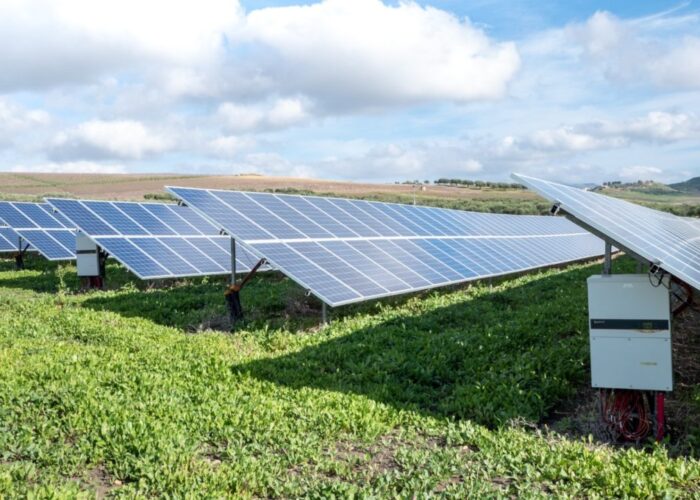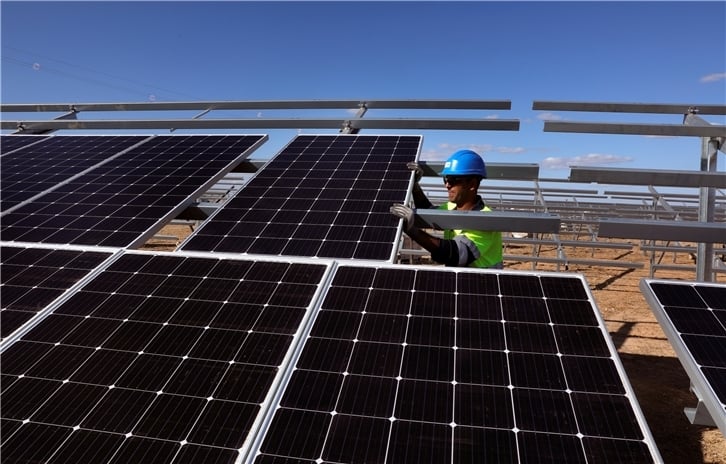
Spain can be the global leader in producing green hydrogen thanks to its high levels of irradiation and available space for developing new PV projects, it has been suggested during the Solar Finance & Investment Europe 2021 online event.
With the government’s new hydrogen roadmap targeting at least 4GW of electrolysis capacity by 2030, recent months have seen a host of Spanish utilities announce significant investments in the H2 space.
Unlock unlimited access for 12 whole months of distinctive global analysis
Photovoltaics International is now included.
- Regular insight and analysis of the industry’s biggest developments
- In-depth interviews with the industry’s leading figures
- Unlimited digital access to the PV Tech Power journal catalogue
- Unlimited digital access to the Photovoltaics International journal catalogue
- Access to more than 1,000 technical papers
- Discounts on Solar Media’s portfolio of events, in-person and virtual
Speaking at a workshop focused on Spain’s PV market, Pablo Otín, CEO of solar project developer Powertis, voiced his optimism about the country’s green hydrogen potential: “What is clear is if we can’t achieve it here in Spain, it won’t be achieved anywhere, that’s for sure. We have the land and we have the radiation – these two elements are finite, you won’t find them in other jurisdictions.”
He added: “We will produce solar as much as we can because it’s a low resource to produce hydrogen. And if we need to inject to the grid, we will do. Instead of what we’re doing right now, is we produce as much solar as we can and put it into the grid, and that creates these fluctuations in the pricing. Over time, we’ll do the opposite: a hydrogen-based economy with solar pumping into the grid when it’s required, not all the time. So, it’s a change of paradigm.”
According to Spain’s roadmap, industries that use H2, such as oil refining, fertilisers and chemicals have “great potential” to boost renewable hydrogen production in the short term. Iberdrola last year formed a partnership with fertiliser producer Fertiberia to develop a facility that will pair 100MW of solar PV, a 20MWh lithium-ion battery system and a 20MW electrolyser. This collaboration has since been expanded and could result in 800MW of green hydrogen production capacity deployed over four stages, equivalent to 20% of Spain’s 2030 target.
Manuel de Martín Mas, head of regulation, electrical metering and financial settlement department at Iberdrola, said it is necessary to ramp up investments to help make the industry more competitive. “Nowadays green hydrogen is not competitive, but I think that we are well on the way to do that,” he said.
As well as announcing a new business unit dedicated to green hydrogen, Iberdrola is one of seven founding members of a coalition that is targeting the deployment of 25GW of renewables-based hydrogen production by 2026, with a goal of driving down the cost of producing the fuel to below US$2/kg.
Other recent developments in Spain have seen Endesa put forward plans for 23 green hydrogen projects powered by almost 2GW of solar and wind, while utility Naturgy is collaborating with gas grid operator Enagás to bring forward a green hydrogen plant alongside a 400MW solar PV.


